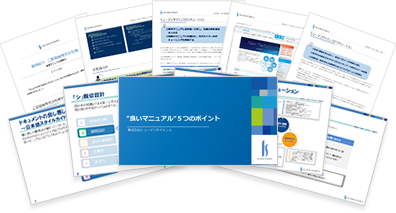
- Table of Contents
1. What is Customer Success?

Overview of Customer Success
In recent years, companies offering subscription-based services have been paying attention to the concept of customer success. More and more companies are focusing on customer success, which is not just customer support, but rather "support to lead customers to success." The term "customer success" literally translates to "customer's success" and is generally defined as "efforts to lead customers to success."
Subscription-based services cannot generate revenue if customers do not continue to use them. In a situation where products and services are proliferating and customers can easily switch to competitors, the perspective of "how to keep customers using the service" becomes crucial. Companies that excel in customer success tend to have stable businesses and can expect further revenue growth.
Customer success aims to lead customers to success, increase customer satisfaction, and maximize LTV (lifetime value). Therefore, it is characterized by continuous support towards success from the introduction of products and services, building long-term relationships. This time, we will summarize the relationship between customer success and LTV, as well as how to maximize LTV.
We provide a detailed explanation about customer success here.
2. What is LTV? What is its relationship with customer success?

Overview of LTV
"LTV" stands for Life Time Value, which refers to the revenue generated from a customer from the time they start purchasing or using a company's services or products until the relationship with that customer ends. It can also be considered a metric for measuring the value a customer holds for a company.
LTV is an indicator that helps companies make strategic decisions to acquire and retain customers. To increase LTV, strategies are needed to enhance customer retention rates and increase the amount spent by customers.
Relationship with Customer Success
LTV is an important metric, especially for measuring long-term cost-effectiveness. Acquiring new customers costs more than retaining existing ones. Therefore, it is crucial not only to satisfy existing customers but also to encourage further purchases.
Therefore, rather than a passive approach, proactive customer engagement makes "Customer Success" an important task. In Customer Success, which actively works to maximize customer benefits, LTV is considered a key metric.
Method of Calculating LTV
There are several methods for calculating LTV, but the basic ones are as follows.
LTV = Average Price × Purchase Frequency × Customer Retention Period
There is also a method for calculating costs associated with customer acquisition and retention.
LTV = Average Price × Purchase Frequency × Customer Retention Period - (Customer Acquisition Cost + Customer Retention Cost)
The following methods can be used to calculate LTV considering the cancellation rate of subscription-based services.
LTV = ARPA (Average Revenue per Account = Average Monthly Revenue per Customer) ÷ Churn Rate
For example, if a company with a monthly transaction amount of 1 million yen and a company with 100,000 yen both cancel their contracts, the churn rate remains the same when considered as one company. However, regarding ARPA, the impact that the 1 million yen company has on LTV is greater than that of the 100,000 yen company. Therefore, by prioritizing the 1 million yen company, we can aim to maximize LTV.
In addition, there are other methods for calculating LTV, such as the following.
・LTV=ARPU (Average Revenue Per User) × Gross Margin ÷ Churn Rate
・LTV=Average Purchase Amount per Customer × Average Purchase Frequency
・LTV=Total Annual Transactions per Customer × Revenue Rate × Customer Retention Years
・LTV=(Sales Revenue - Cost of Goods Sold) ÷ Number of Buyers
3. Methods to Increase LTV

Onboarding
Onboarding refers to the initial support provided to customers to help them adopt products or services. It means offering assistance until customers can effectively use the products or services independently. This is a strategy to prevent users from stumbling during the introduction of the products or services and to ensure contract continuity; if this is not successful, there is a risk of increased churn rates. Specific measures include self-onboarding strategies such as step emails and tooltips, as well as high-touch kickoff meetings. Since the required effort and procedures vary depending on the product or service, it is also important to understand the customer's steps in a high-touch manner and translate that into tech touch.
Regular Follow-up
In a subscription-based business model, not only acquiring customers but also maintaining long-term contracts leads to profits. Therefore, regular follow-ups and engagement are necessary. As an approach to maintain customer satisfaction, we implement measures such as learning videos, emails about new feature releases, and regular releases of goals within our follow-up process. As the product grows, tech-touch customer success initiatives also become increasingly important.
Upsell and Cross-sell Proposals
Upselling and cross-selling refer to the practice of suggesting upgrades to products or services that customers are currently contracted for, or proposing related additional services to increase customer spending. This strategy targets existing customers and is generally more efficient than acquiring new customers. A key to successfully implementing upselling and cross-selling is to set medium- to long-term goals. Specific measures include holding seminars on service utilization and sharing success stories. Ultimately, making high-touch proposals often leads to successful upselling and cross-selling.
Segmented Approach
A segmented approach involves grouping customers based on specific attributes or characteristics and adopting different strategies for each segment. Since customer needs vary based on their attributes and behaviors, using the same approach may be insufficient or inappropriate for addressing customers. Therefore, a segmented approach aims to deliver messages and proposals tailored to customer characteristics, enhancing customer satisfaction and loyalty. There are various methods for segmenting, such as based on customer attributes (gender, age, occupation, etc.), customer behaviors (purchase frequency, usage frequency, duration of use, etc.), and customer needs.
Product Improvement
Maximizing LTV is very important for improving products and services. By addressing usability issues based on customer feedback and adding new features, we can enhance our contribution to customers' goal achievement and problem-solving. Product improvement can be considered a crucial strategy for increasing profits through continued usage.
Introduction of Chatbots
By utilizing chatbots to enhance communication with customers and improve customer satisfaction, it becomes easier to maximize LTV. Chatbots have the following features.
1. Support Available 24/7
The chatbot is always operational, providing support at any time, 24/7. Being able to receive assistance whenever customers face issues contributes to increased customer satisfaction.
2. Quick Response Capability
The chatbot is essentially an automated response system. Therefore, it can address issues more quickly than a human can. By providing a quick response, it reduces customer stress and enhances customer satisfaction. Additionally, it can resolve issues more efficiently, leading to cost savings as well.
3. Customized Services Available
Many chatbots utilize AI technology, allowing them to analyze customer preferences and needs based on the content of conversations. This makes it easier to provide customized services. By offering the services and products that customers are looking for, it is possible to increase the repeat rate, leading to an improvement in LTV.
Conducting Reviews
Conducting reviews is an important task to improve customer satisfaction and maximize LTV. Specifically, we conduct regular surveys to collect satisfaction levels and complaints about our products. While there are tools to understand how customers are utilizing our services, surveys are necessary to grasp customer emotions. It is essential to implement improvement measures for low ratings, but reflecting customer opinions can reduce churn rates and potentially lead to the provision of high-quality services. It can also create a positive impression on customers.
Improvement to Easy-to-Understand Manuals
Creating manuals is one of the very important elements of customer success initiatives. If effective manuals can be designed, there is a possibility of increasing engagement just by that. Conversely, if confusing manuals are included, it may lower motivation towards the product. It is necessary to analyze whether the manuals properly support the users.
User Community / Study Groups / Training Content
User communities can be considered one of the measures for customer success. Through user communities, user engagement and loyalty can be enhanced. The establishment of a user community can involve building your own site or utilizing existing services. The purpose of a user community goes beyond solving issues; it allows users to interact across industry boundaries and deepen their understanding of products and services. Additionally, by obtaining the latest information from vendors and being able to make improvement suggestions, user motivation is increased. User communities vary depending on the size of the company and the structure of the customer department, but they are often established by setting up an office and recruiting members.
Health Score
Health score is an indicator that measures whether customers will continue to use a company's products or services. It visualizes the customer's usage status by comparing it to a health condition. By measuring and quantifying retention rates, upsell rates, and inquiries to the support center, it can generally be considered that healthy, long-living customers are likely to continue using the service, while unhealthy, short-lived customers are at a higher risk of cancellation. By accurately understanding usage status, appropriate responses can be made for each customer, and depending on the health score value, signs of customer cancellation can be detected in advance, allowing for proactive action. This can help reduce the burden of customer success operations.
Collaboration with Other Departments
The Customer Success department, which is close to our clients, actively gathers customer feedback and provides it to various departments such as Sales and Development, enabling improvements to our products and services and enhancing value for our customers. In other words, building a system for collaboration among departments and creating an environment conducive to cooperation also leads to the maximization of LTV.
4. Summary
Many B2B companies, especially SaaS companies, are prioritizing customer success. The operations of the customer success department are very diverse, but maximizing LTV can be considered a highly important task. To maximize LTV, collaboration and cooperation among relevant departments, as well as operational efficiency, are necessary. Therefore, systematization (efficiency) of support and the introduction of various tools are also required. With Human Science's services, we can implement measures that lead to the operational efficiency of the customer success department and the improvement of CX (customer experience).
• Introduction of Services
To efficiently share know-how for customer success or to enhance customer satisfaction, it is also important to organize documentation. It is necessary to secure resources for this purpose. However, creating manuals and developing training content to improve customer satisfaction requires a significant amount of personnel and time, making it a high-priority but increasingly burdensome task.
At Human Science, we offer a variety of services for the customer success department. In particular, we believe that the quality of the content provided by the customer success department is key to achieving customer success. Necessary actions include improving and creating manuals, enhancing FAQs, and producing training content. Attempting to handle these in-house can be costly, and the quality must also be clear and understandable. Human Science has extensive experience in creating clear manuals and e-learning content. We offer the following services.
•Quality Improvement of Manuals and Training Texts
We propose the most suitable user manuals, technical documents, help, and FAQs for your environment. Starting with the evaluation of the current manuals, we provide consulting for building multilingual support systems and CMS operations. We can also undertake the production of video manuals.
•Production of educational content and support for the introduction of LMS (Learning Management System)
Similar to manuals, we propose educational content that is optimal for your environment. Starting with an evaluation of the current content, we can also optimize the LMS and support multilingual capabilities.
•Chatbot Implementation and Development Support
To improve the efficiency of customer support, many companies are advancing the implementation of chatbots. We propose the most suitable chatbot for your environment. We can provide one-stop support from the implementation of the chatbot system to content creation.
Project Achievements
The following are achievements for the Customer Success Department.
WingArc1st Inc.: Content evaluation, improvement consulting, and content production services for the Customer Success Department
https://hs-learning.jp/case/wingarc1st/
We provide a one-stop service for creating easy-to-understand manuals, video manuals, and e-learning content necessary for customer success, so please make use of it.



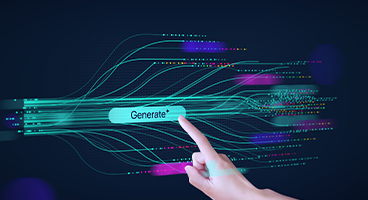

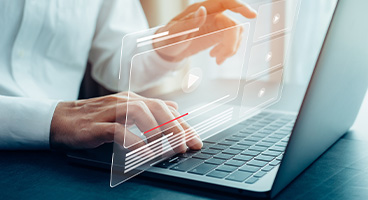

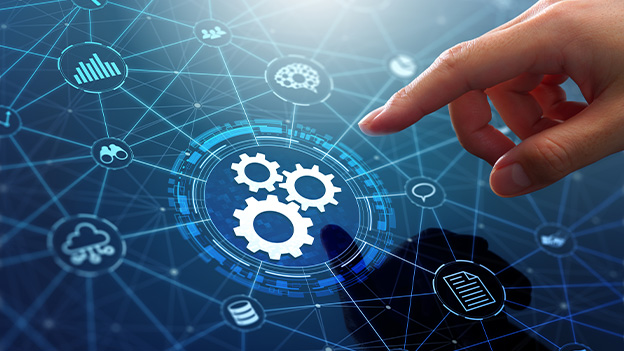
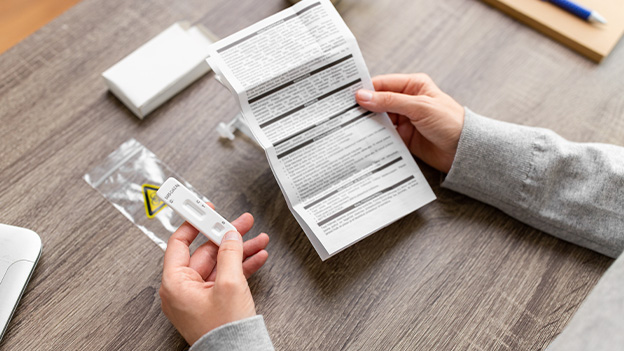

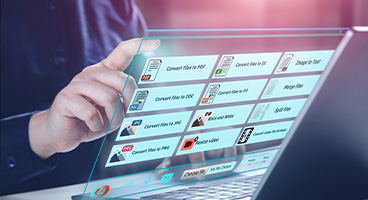
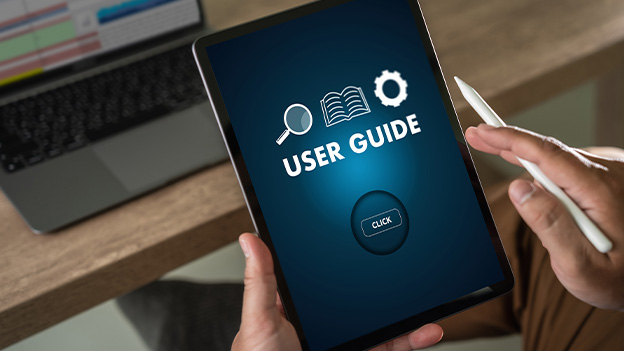
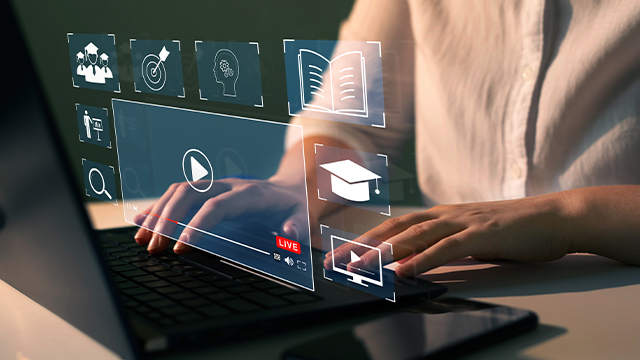





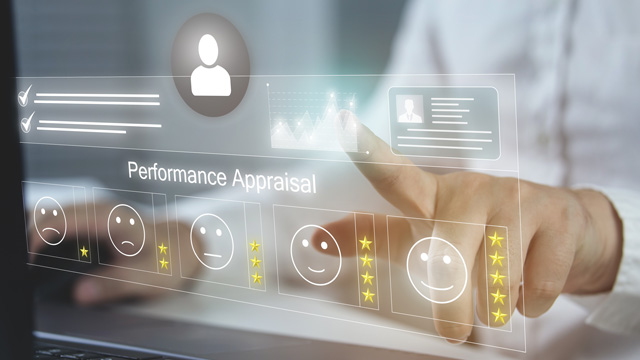

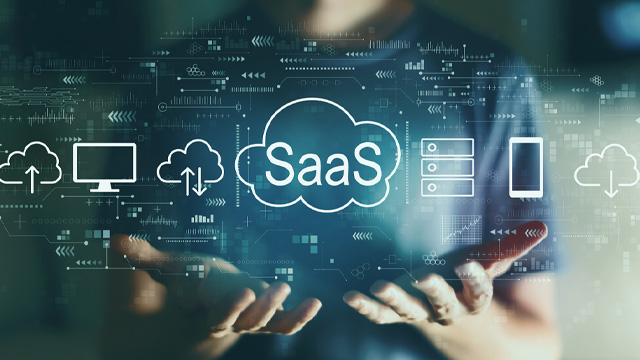
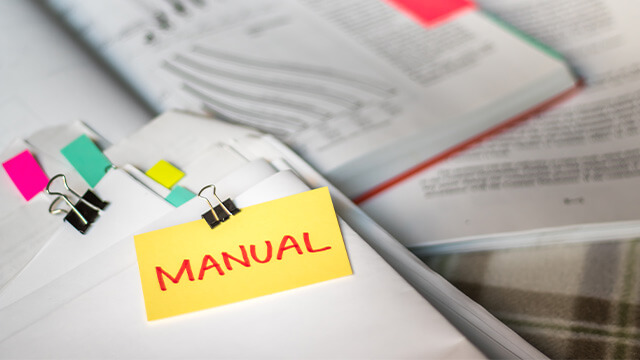


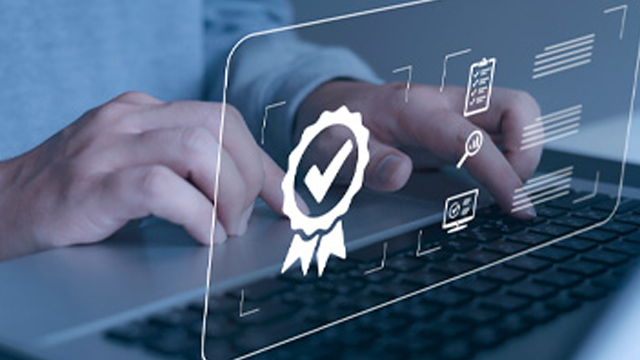




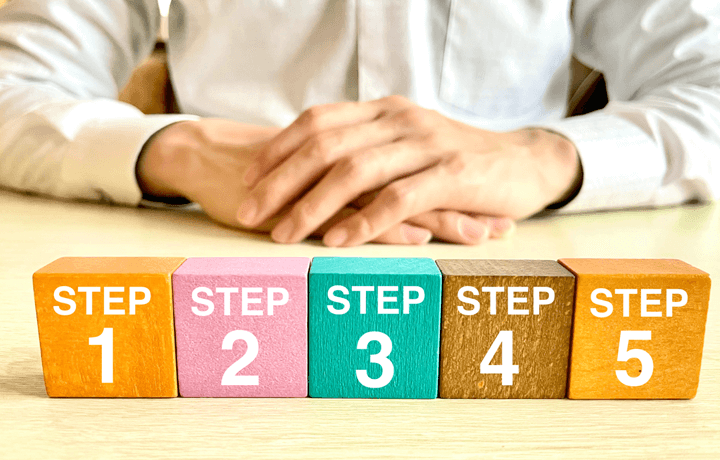

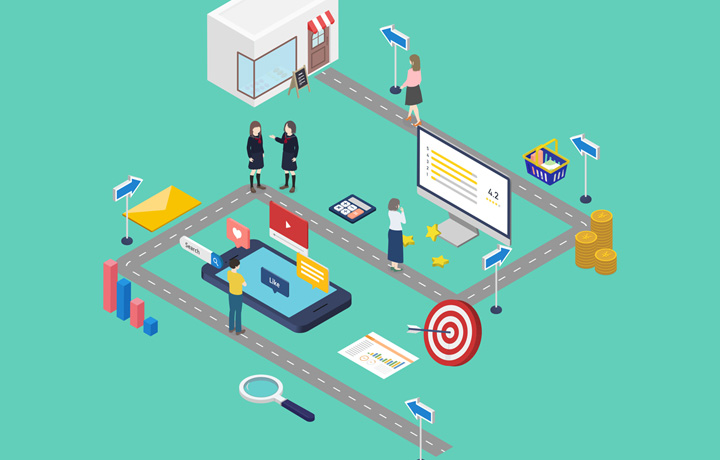
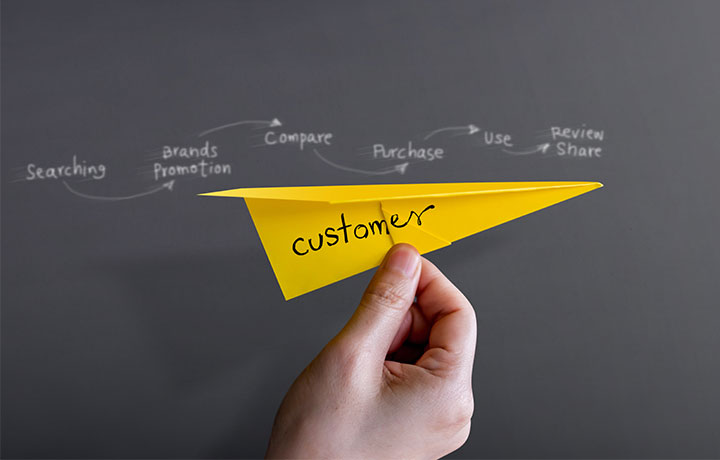
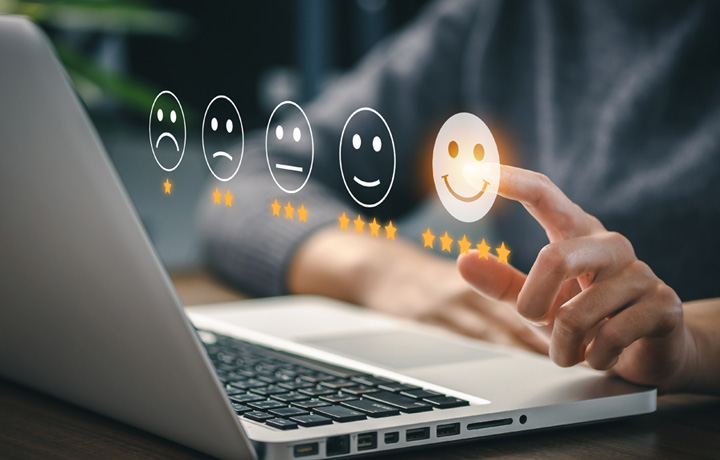

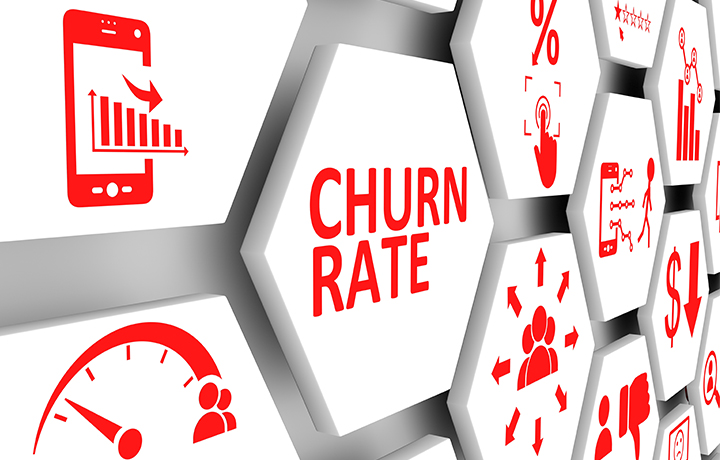


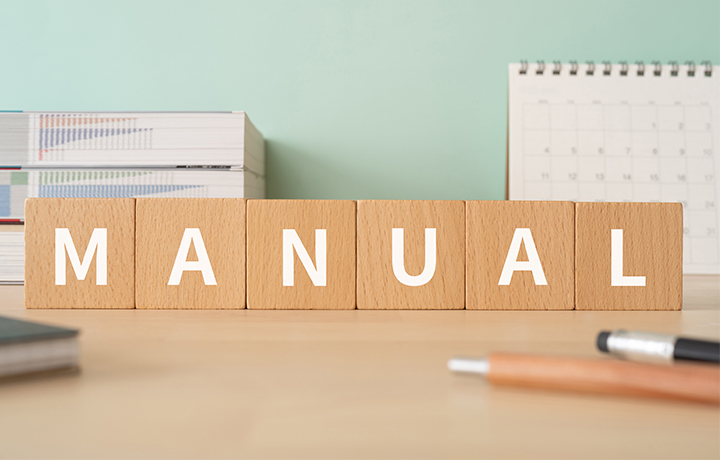





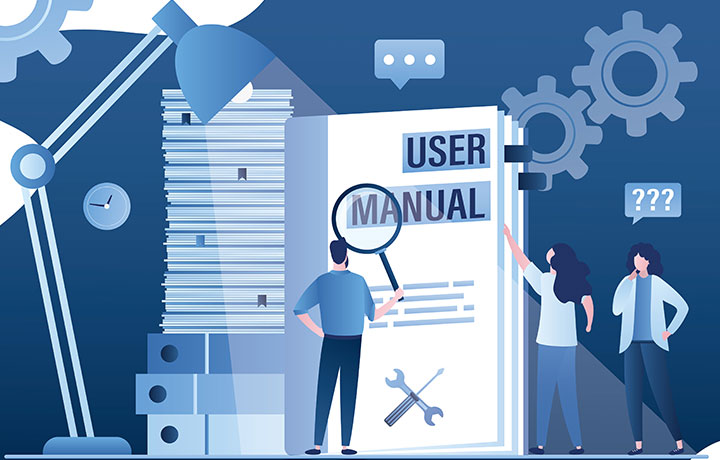
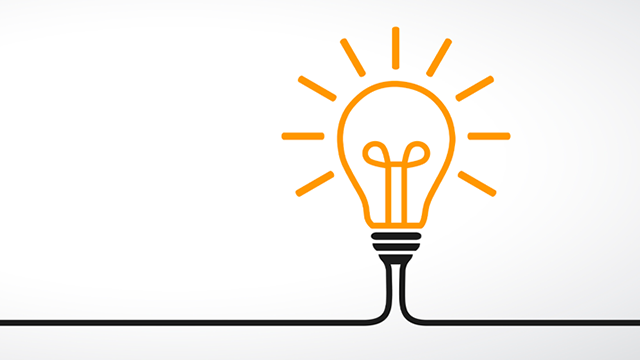
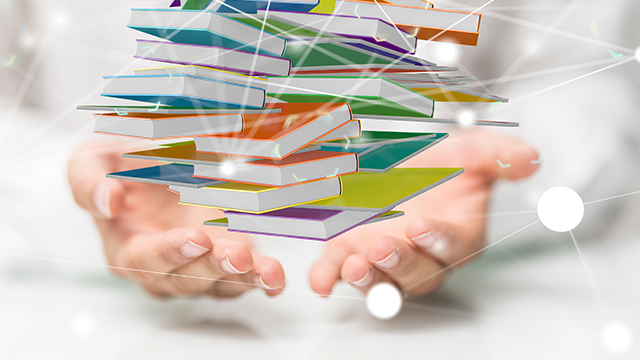
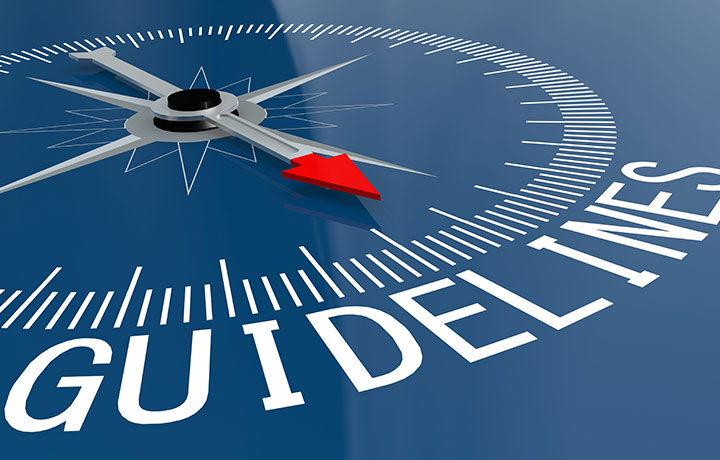
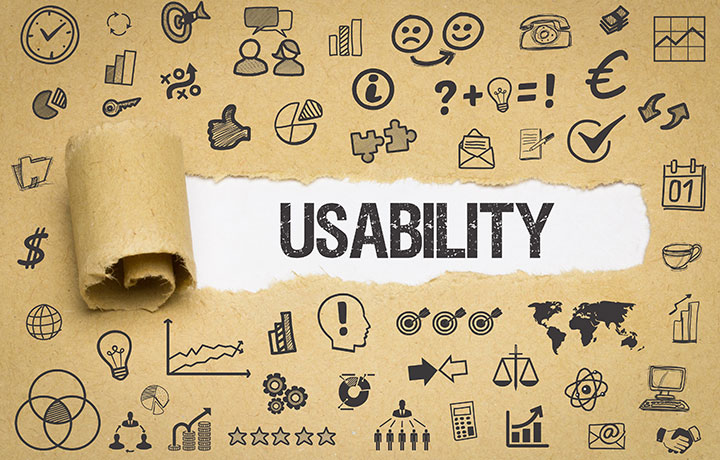



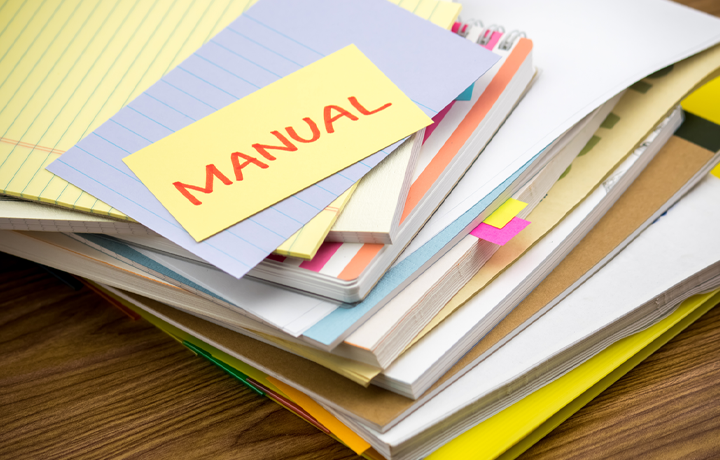

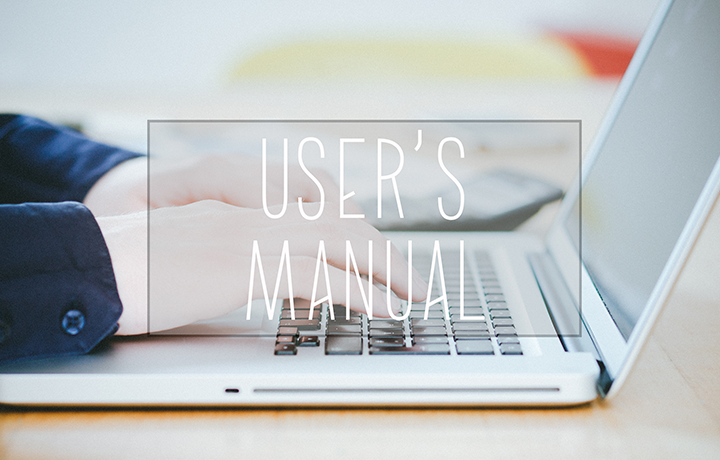











 Manual creation
Manual creation Director, Writer
Director, Writer In-house Support
In-house Support Video
Video Manual
Manual Manual Creation
Manual Creation One-Stop Service for Manual Creation
One-Stop Service for Manual Creation Manuals and Documents
Manuals and Documents